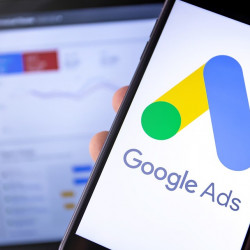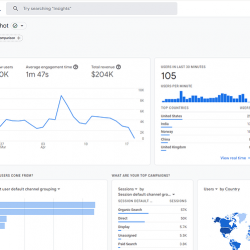If you're a regular marketer, you'll likely know your customer demographics (their age, location, average earnings, etc.) and then use them to market to potential customers. But did you know that when you're using this method, there's a chance that you're missing out on a large audience? That's because you're not listening to why your customers are buying from you.
What made them start looking for your product? Why did they choose to come to your compared to your competitors?
Understanding your customer intent can help you discover and target a whole range of consumers you've never thought of before.
What is customer intent?
Simply put, customer intent can be seen as the actions and decisions that a customer makes towards converting and completing set goals.
For example, if you run a physical store, a customer coming into the store, going to the footwear section and browsing the high heels has expressed intent on buying high heeled shoes.
But how can you track this when you don't have a physical store?

Tracking customer intent online
Gone are the days where customers go to one specific website, look at a particular product and then purchase it. The customer journey is no longer linear. You could say it has become somewhat chaotic.
So how can you determine customer intent?
1. Collect actionable data
When you're creating targeted, personalised and engaging ads, you need to know your customer demographics. You then couple this with the customer intent to deliver the message at the right time.
Collect data such as category page views, product page views, registrations, on-site searches and clicks to give yourself an idea of which customers are doing what and when.
If you find that individuals in a particular demographic are viewing three different items on your website before making a certain purchase decision, you can start marketing those items to that demographic.
2. Find your customer starting points
While your home page might be the one that is landed on most often, you can't determine customer intent from it. You need to decide at which point the customer journey begins and guide your visitors towards it.
Specific category or feature pages can be a clear indication of what your customers are looking for. If your customer knows what they are looking for, you can help to guide them along the way.
3. Create content for before the intent
If you understand your customers well enough, you'll understand the reason they came to your website. What is the one problem they are experiencing that your product solves for them?
For example, if you are a paint shop and one of your demographics are first-time buyers, you could create a guide on how to decorate and paint effectively, and another one on effective colour combinations. This will help your visitors become interested in your content and your products before they are aware of everything they need before painting a house.
Summing up
This post has covered some of the ways you can find and use customer intent in your marketing. This list isn't comprehensive in any way, and there is a multitude of other ways that you can use customer intent in your marketing.





